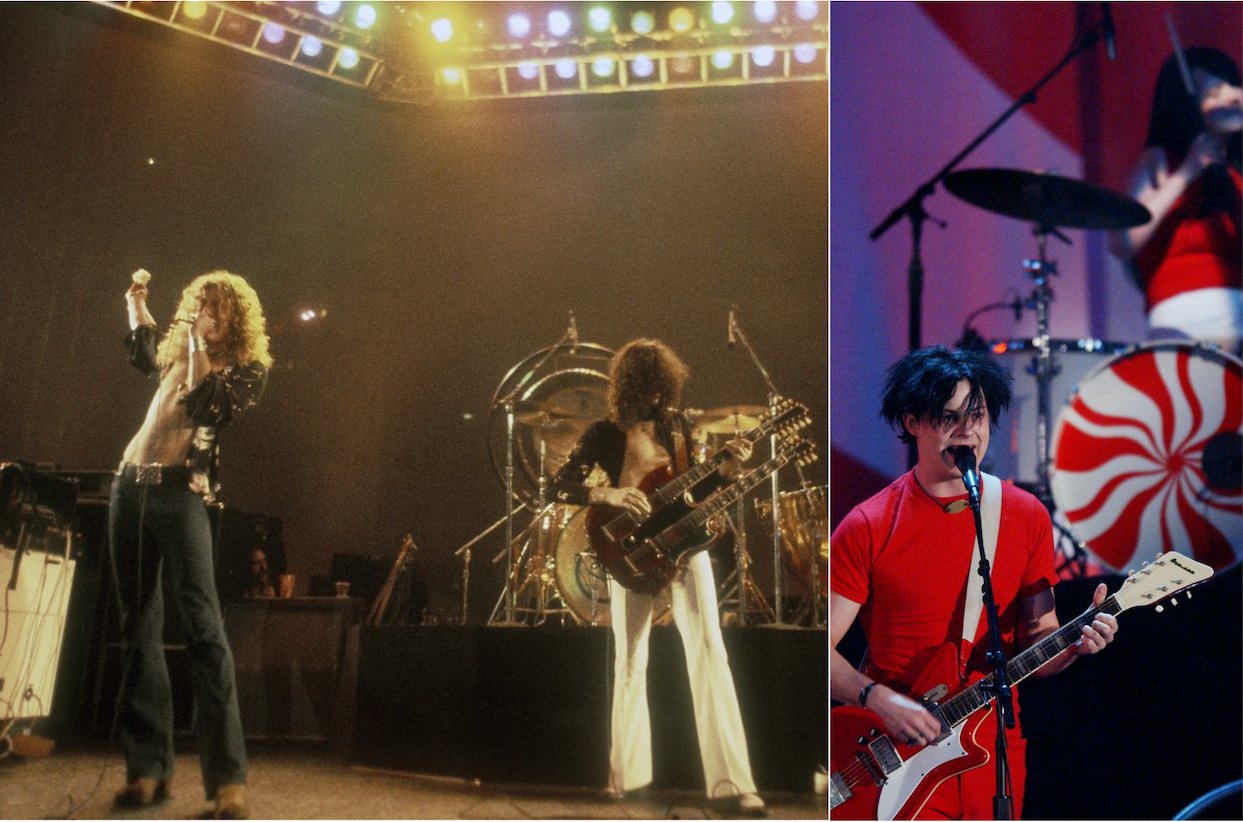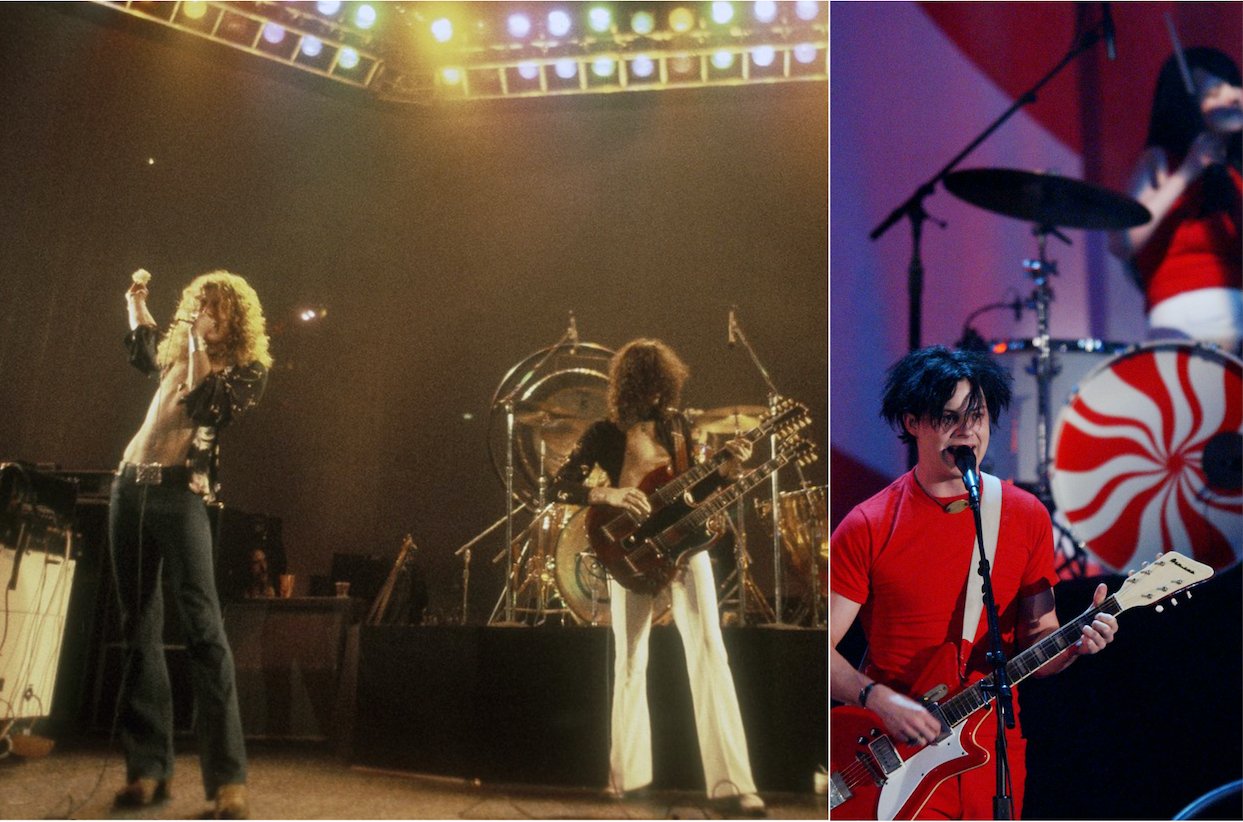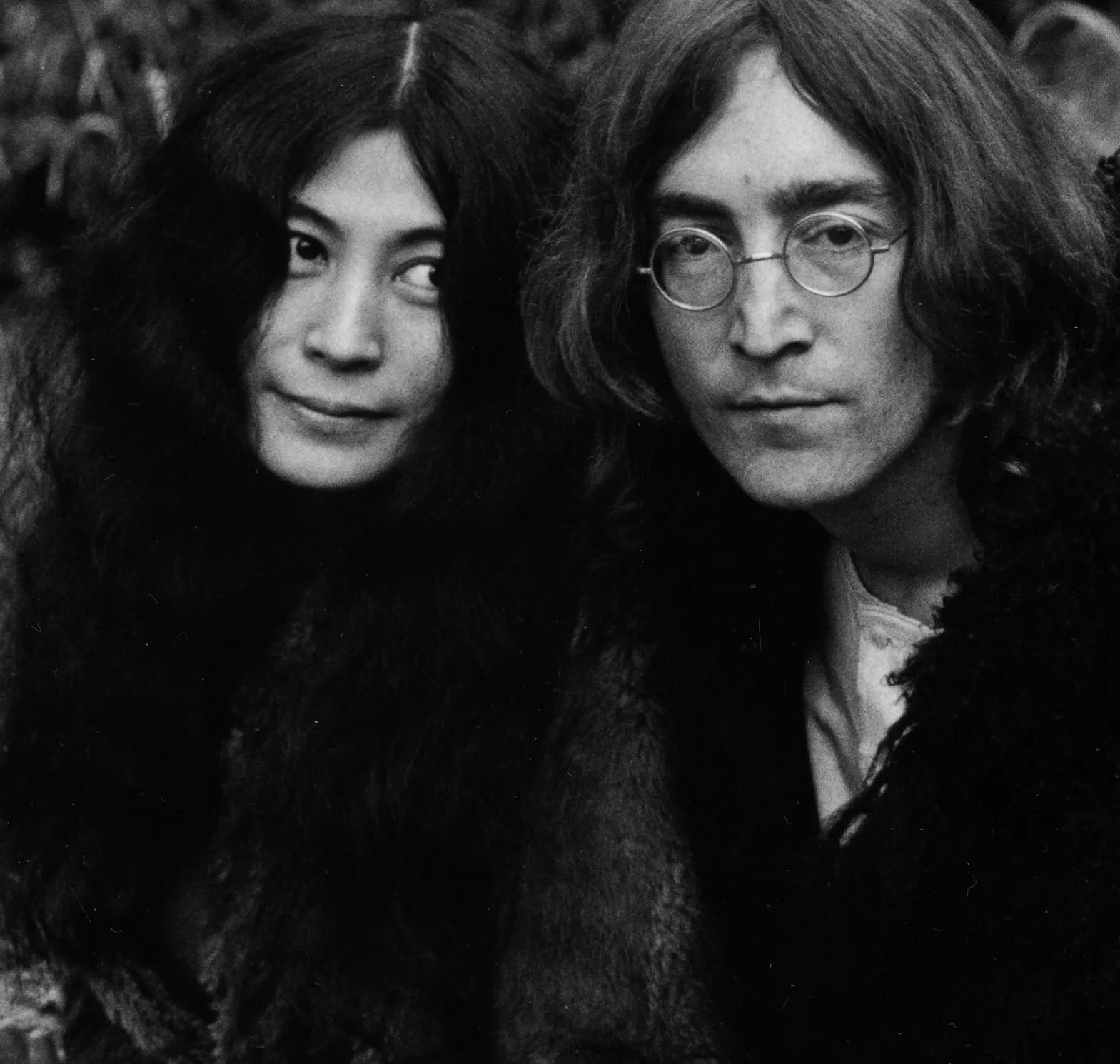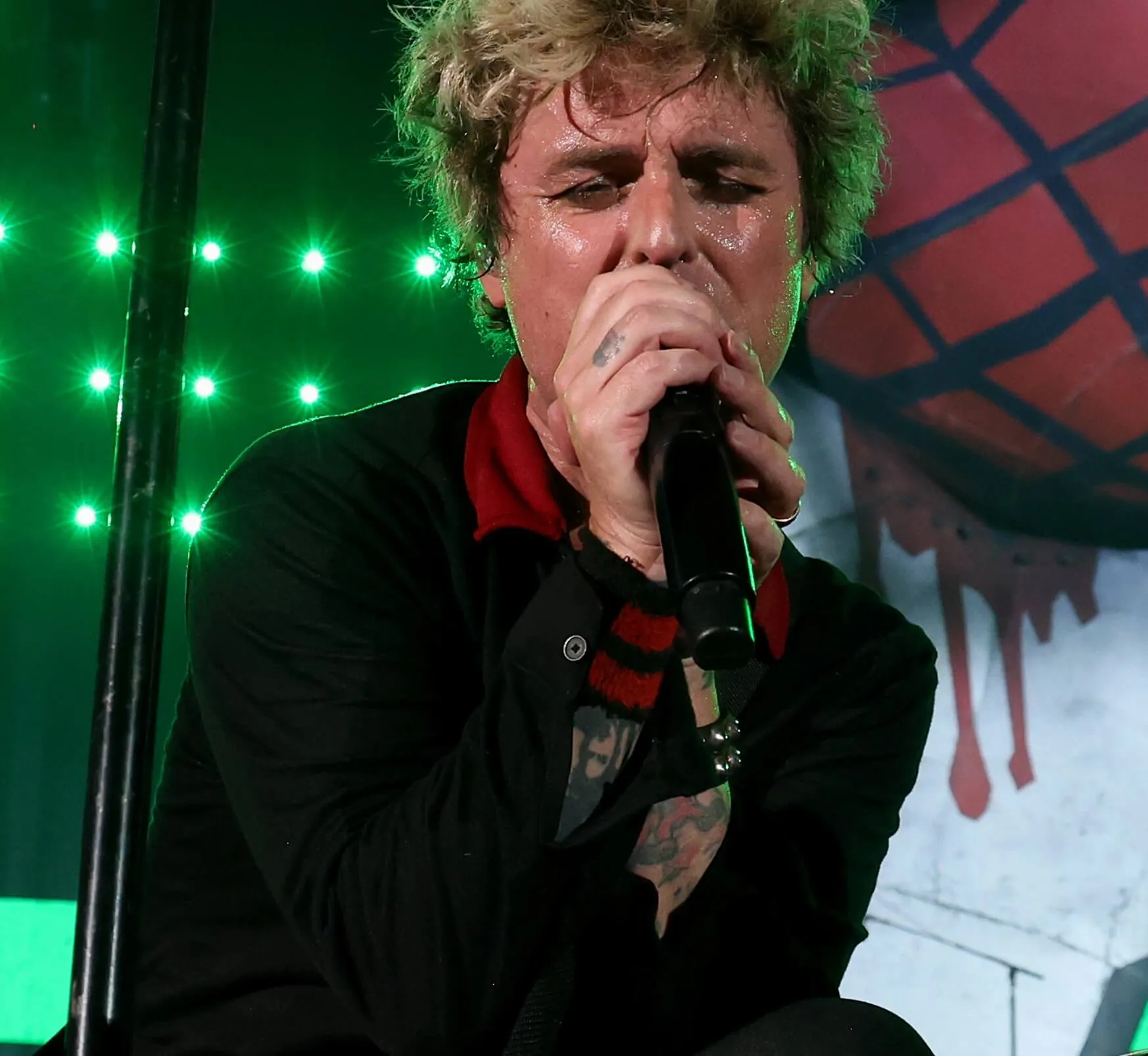
4 Bands Led Zeppelin Fans Should Listen To
As much as fans might crave it, Led Zeppelin won’t be making any new music. Jimmy Page, Robert Plant, and John Paul Jones gathered to jam after their disastrous Live Aid show in 1985, but that reunion crashed before it took off. Their one-off 2007 performance at the O2 arena in London was the last time we saw Zep’s three surviving members playing together. Since they won’t be coming together to make new music, Led Zeppelin fans might want to explore the work of these four bands.

1. Deep Purple
Page said the key to Led Zeppelin’s first album was having all four band members share the spotlight. Not many bands can have their drummer or bassist command the group, but Zep was one of them. Deep Purple came close.
Keyboard player Jon Lord approximates Jones with his noticeable playing (particularly on Deep Purple’s 1969 self-titled record), and drummer Ian Paice frequently showcased his chops behind the kit. Guitarist Richie Blackmore played a similar strain of electrified blues to Page, and both vocalists from the band’s late-1960s to early-1970s golden era — Rod Evans and Ian Gillan — flash similarities to Plant. Led Zeppelin fans can find quite a bit to like in Deep Purple’s catalog outside of the notable album Machine Head.
2. Vanilla Fudge
Led Zeppelin fell into the psychedelic blues category when people first heard their music. Vanilla Fudge was another band operating in that space. In fact, the band had a large influence on Led Zeppelin drummer John Bonham. He copied his beat on “Good Times Bad Times” from Fudge drummer Carmine Appice, though he played it in a more challenging way.
Drumming might be the thickest common thread between the two groups. Bonham and Appice were both impossible-to-ignore timekeepers who brought a forceful backbeat to their bands. Though more psychedelic than blues, Vanilla Fudge is a band Led Zeppelin fans might want to hear.
3. The White Stripes
What do The White Stripes have in common with Led Zeppelin besides having excellent guitar players? We’re glad you asked.
Page was pegged as a neo-blues guitarist when he started. Jack White built his reputation playing dirty garage blues on The White Stripes’ early records. Both escaped their pigeon holes.
White showed his mastery of different styles as his and his band’s career progressed, just as Page displayed his skill playing folk music, arranging multi-layered guitar parts, and experimenting with new techniques (using a Gizmotron on “In the Evening”).
You can find “St. James Infirmary Blues” buried near the end of The White Stripes’ self-titled debut. The piano and drums tune showed White had more in his arsenal than just massive guitar riffs. Later songs — such as “Your Southern Can Is Mine,” “A Boy’s Best Friend,” “We’re Going to Be Friends,” “My Doorbell,” and “Prickly Thorn, but Sweetly Worn” — showcased the Stripes’ ability to play styles well beyond the scuzz blues of their early days.
4. The Who
Guitarist Pete Townshend is one of the musicians who hate Led Zeppelin, but there’s no denying the similarities between the two. Zeppelin had no peers, but The Who were their closest relative.
Both bands featured world-class guitarists, bass virtuosos, thunderous drumming, and commanding lead singers. Plus, both bands displayed abilities to play music that fell outside their signature sounds. For The Who, that includes the delicate acoustic portion of “Behind Blue Eyes,” the disco-tinged “Athena,” and “1921,” which is very nearly a ballad.
Townshend might not like it, but The Who are one of the bands Led Zeppelin fans might want to listen to.
For more on the entertainment world and exclusive interviews, subscribe to Showbiz Cheat Sheet’s YouTube channel.


